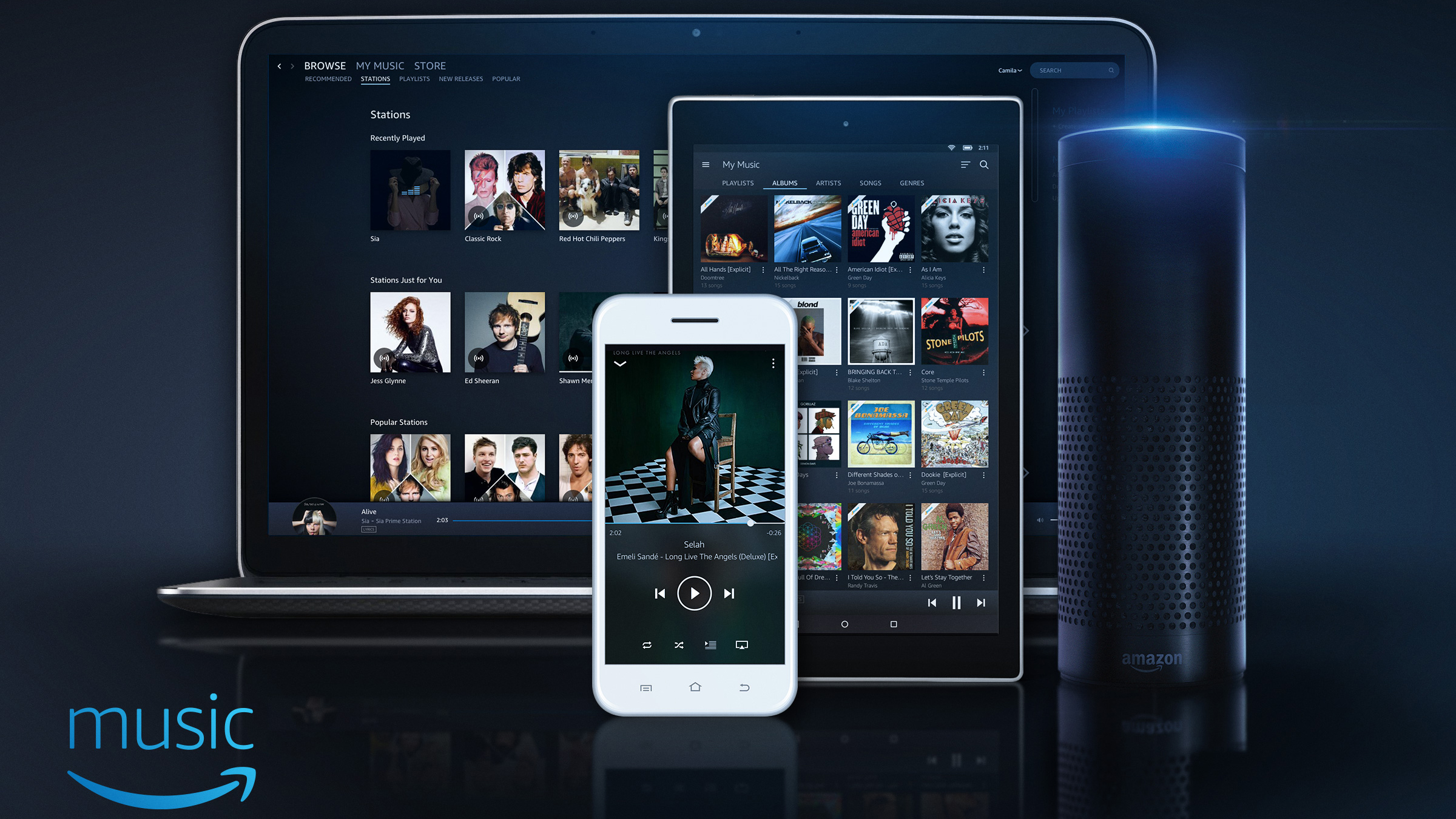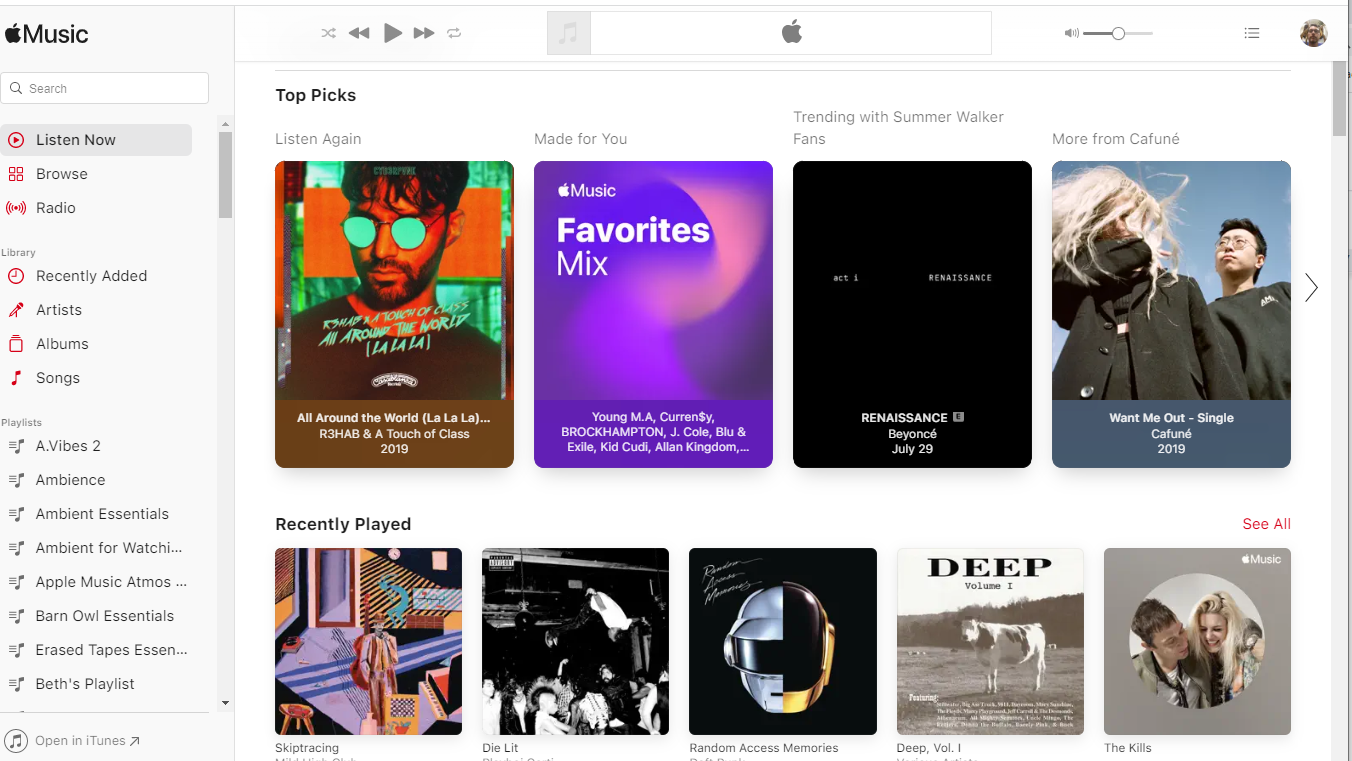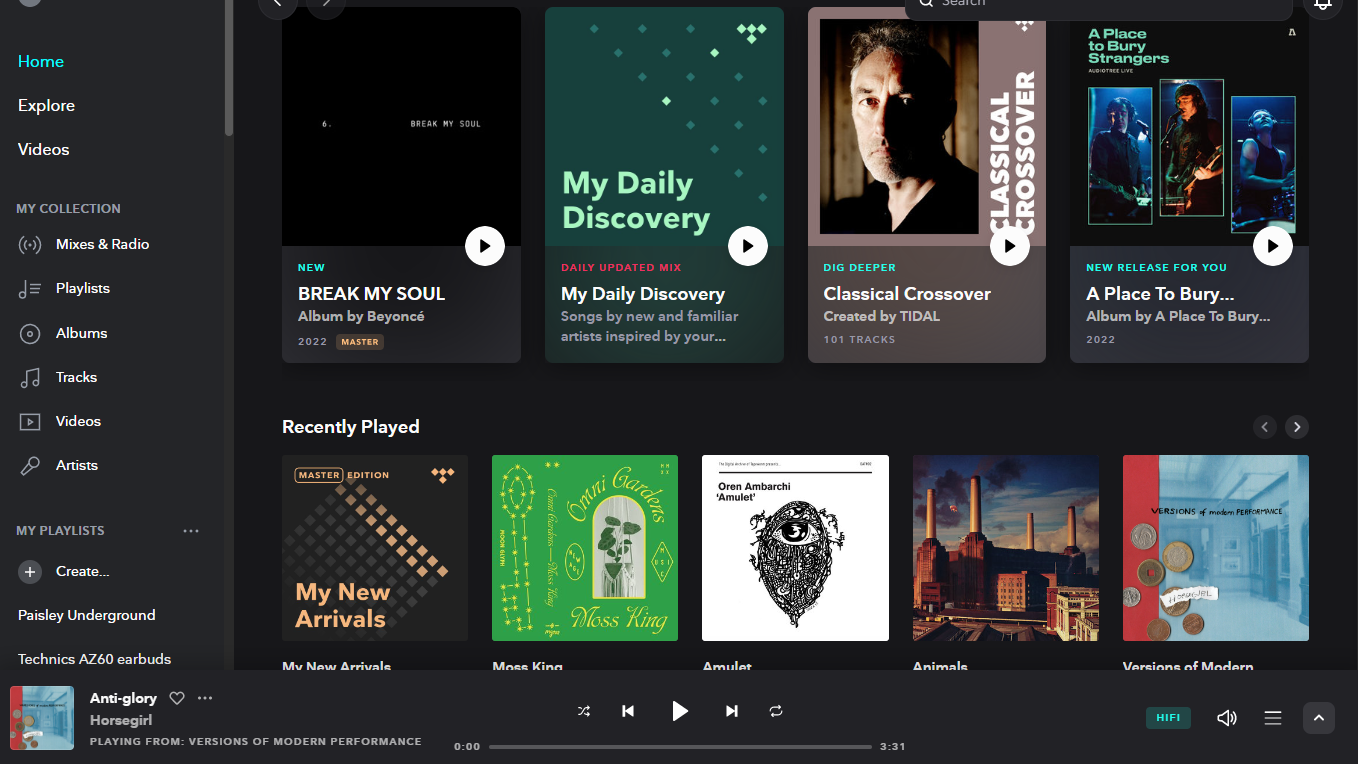Spotify is too pricey for what you get. Cancel and try these 3 services instead
Spend your streaming budget on higher-quality sound

Is Spotify Premium a good deal? Apparently not, according to a recent report from Kantar Research. In it, the agency cited a Q1 loss of 1 million subscribers in Great Britain, many of them younger listeners looking to save money as inflation hit 9% in the UK and the cost of living continued on an upward trajectory.
While the dip in Spotify’s numbers could be temporary, or the result of the monthly subscriber churn levels that services regularly experience, the news reminds us of the fact Spotify isn’t exactly competing at a high level against the best music streaming services, such as Apple Music, Amazon Music Unlimited, and Tidal.
It also comes on the heels of a controversy involving the service’s most popular podcast host, Joe Rogan. Maybe it really is time to re-think Spotify.
Where is Spotify HiFi?
Churn and controversy aside, Spotify’s biggest problem at the moment has to do with sound quality. Back in February 2021, the company announced that it would be adding Spotify Hi-Fi, an upgrade that would bring lossless CD-quality audio to its $9.99/month Premium subscription tier. But as of February 2022, Spotify Hi-Fi hadn’t yet arrived, and four months later we’re still waiting on it.
What Spotify does offer to its Premium subscribers is bit-rate-starved streams that use lossy compression – data present in the original audio gets eliminated to reduce the file size of tracks. While throttling bit rates from the 1,441kbps needed for CD-quality to Spotify’s current 320kbps might have made sense in the old days of Napster and iTunes, today’s home and mobile internet bandwidth easily accommodates higher-quality streams, so there’s really no excuse for it.
Reality check: If you listen mainly through your laptop computer’s speakers or a set of cheap earbuds at the gym, then Spotify’s 320kbps MP3-level streams will sound just fine. Where lossless audio with CD-quality or better resolution really makes a difference is when you’re listening with high-performance headphones or separate speakers.
And what about Spatial Audio?
Along with offering only lossy audio, Spotify lacks a library of music mixed in Dolby Atmos (aka, Spatial Audio). Competing services like Apple Music, Amazon Music Unlimited, and Tidal all offer Spatial Audio in one form or another, and it’s a compelling feature that can really enhance certain tracks for headphones listening (and in some instances on surround sound speaker systems). Unlike Spotify HiFi, the company hasn’t even dropped mention of adding Spatial Audio in the past, so it’s clearly not on their radar.
Sign up for breaking news, reviews, opinion, top tech deals, and more.
Here are three better, and certainly better-sounding, music services to check out as a Spotify alternative:

Amazon Music Unlimited
For $8.99 a month, Amazon Music Unlimited gives you access to 90 million HD (lossless CD-quality) and over 7 million Ultra HD (lossless high-res-quality up to 24-bit/192kHz resolution) tracks plus thousands of songs mixed in Dolby Atmos and 360 Reality Audio.
While Amazon offers both desktop and mobile apps, a wide range of streaming-capable speakers and A/V electronics also provide built-in support for Amazon Music HD.
Apple Music

For the same $9.99 a month you’ll pay for Spotify Premium, Apple Music offers both lossless CD-quality and up to 24-bit/192kHz high-res audio streaming. Apple has also led the charge with Spatial Audio, making it a priority to add albums and tracks both new and old mixed in Dolby Atmos on a weekly basis and presenting them in a well-organized, easy-to-find manner on the Apple Music desktop and mobile apps. While Apple Music lacks integration with most third-party streaming-capable speakers and A/V electronics (an area where Spotify has the upper hand via Spotify Connect), the company’s AirPlay wireless protocol for casting audio and video from computers and mobile devices is widely supported.
Tidal

Tidal HiFi ($9.99 a month) has been in the lossless streaming game longer than both Amazon and Apple.
It started out in 2015 with a CD-quality offering and in 2017 added a high-res audio offering on its Tidal HiFi Plus tier ($19.99 a month) that uses MQA (Master Quality Authenticated) technology.
A downside to MQA is that you’ll need to use either the company’s desktop app for high-res audio listening or an external DAC with MQA support.
But the good news is that Tidal enjoys integration with a wide range of streaming speakers and A/V electronics, and Tidal HiFi Plus also offers both Dolby Atmos and 360 Reality Audio tracks in its library.

Al Griffin has been writing about and reviewing A/V tech since the days LaserDiscs roamed the earth, and was previously the editor of Sound & Vision magazine.
When not reviewing the latest and greatest gear or watching movies at home, he can usually be found out and about on a bike.